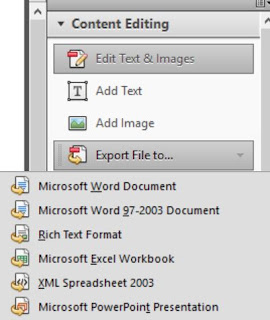Strategies for Juggling F2F & Synchronous Class Sessions
Video Recording of the 15 minute Session: Here are three tips: Sample schedule for a 90 minute class (from video) Use the Buddy System: Simple things like monitoring the chat in a virtual session alone is something easy to forget as you interact and lecture. So with this strategy, you have a student help you to manage some of the logistics…it alleviates the problem of addressing Questions & Answers equitably in your hybrid class Use a Set Schedule: We all know that This online experience is a filter that removes a lot of the joy from an in-class experience. …Take a granular and intentional look at your class time and Schedule it out…maybe not minute-by minute. Have events and activities occur in each class session at the same time each day Organize the in-class session to follow a set schedule. Many already do this, however, use a rigid schedule to your benefit: Make Group Work Possible: You may think that breaking up into groups is impossible, but with some pre-pl...
